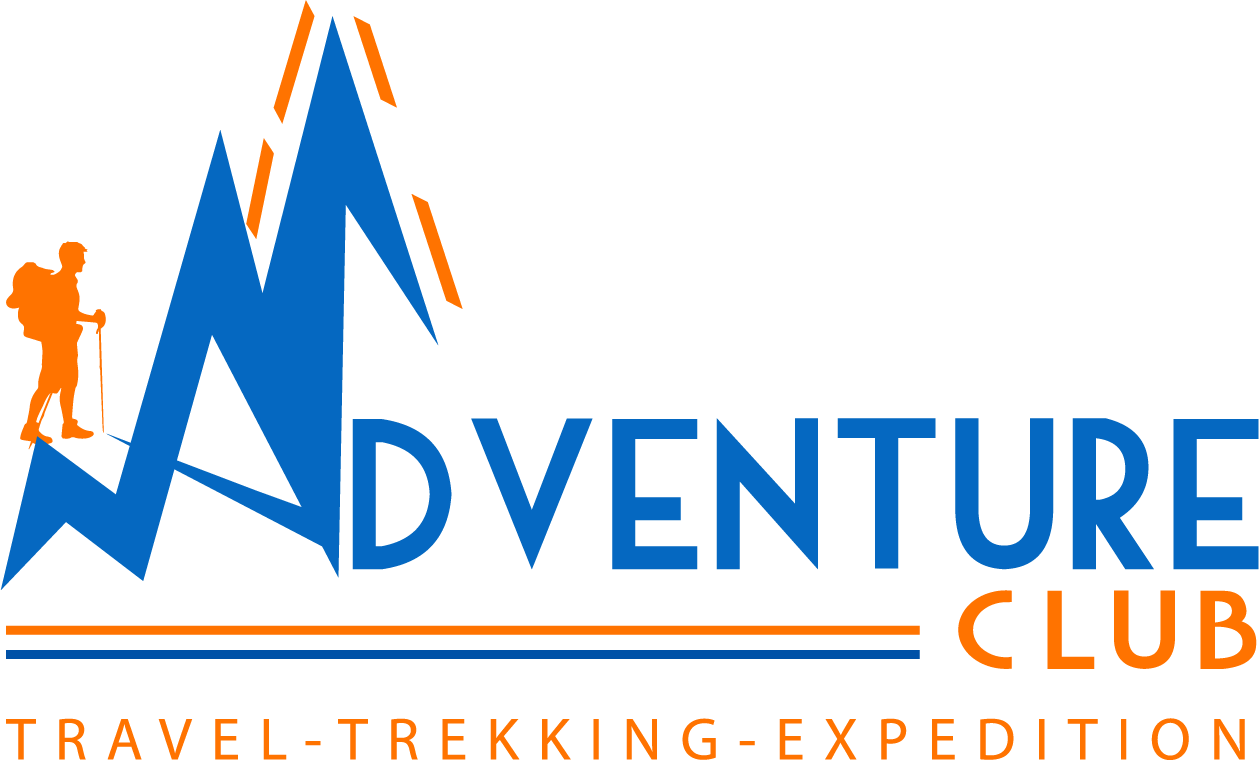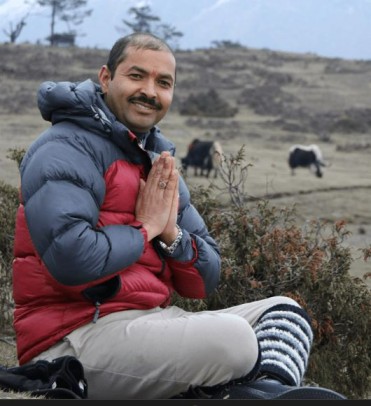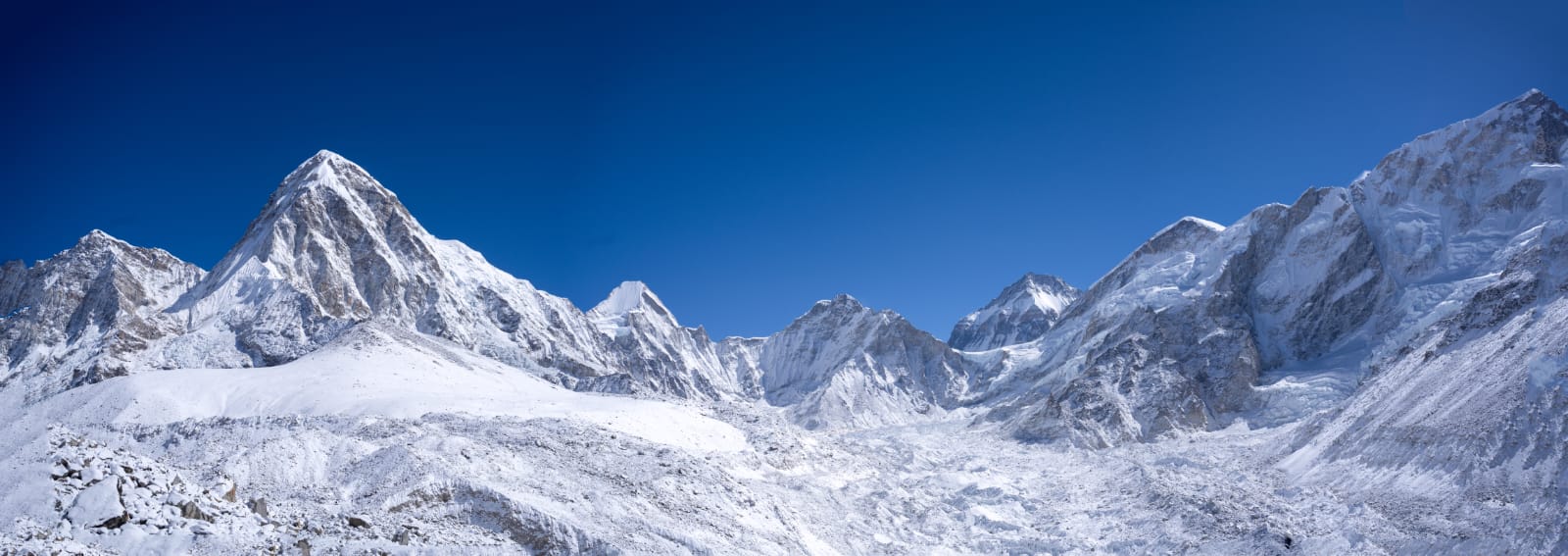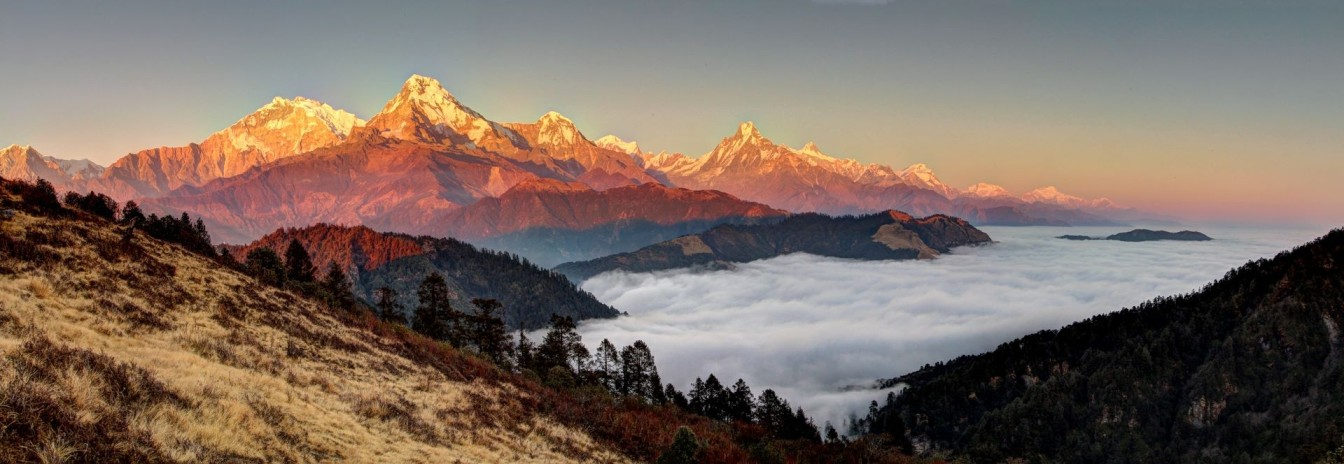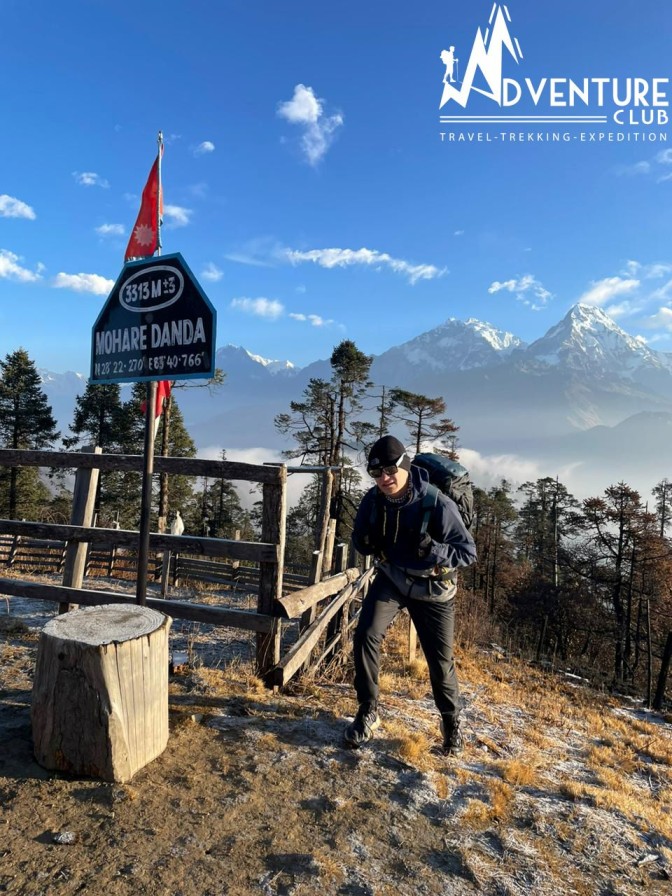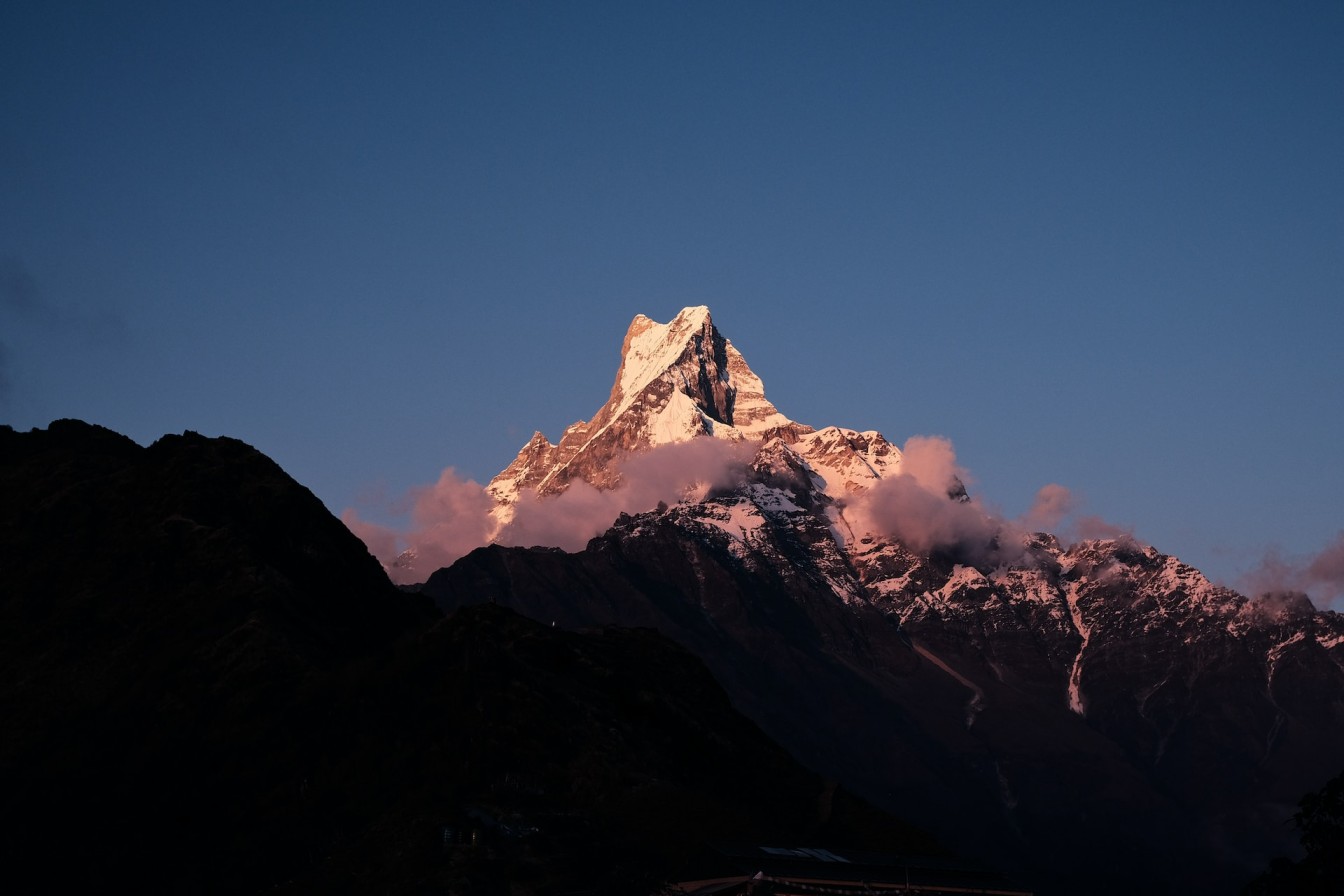 (2)_11zon.jpg)
Oct 12
Step-by-Step Guide to Planning Your First Peak Climb
Climbing a mountain peak for the first time is an exciting adventure. It gives you the chance to test your strength, face new challenges, and experience nature in a powerful way. But a good climb starts with good planning. If this is your first time, here’s a simple step-by-step guide to help you get ready for your peak climbing journey.
Step 1: Choose the Right Peak
Not all mountains are the same. Some are perfect for beginners, while others are very challenging.
- Start with a beginner-friendly peak with a clear route and lower altitude.
- Research the location, weather, and difficulty level.
- Check if you need special permits or a guide.
Tip: Popular beginner peaks like Island Peak (Nepal) or Mount Kilimanjaro (Tanzania) are great choices for first-timers.
Step 2: Pick the Best Season
Timing is everything in climbing. Weather can make a big difference.
- Choose a season with stable weather and clear skies.
- Avoid monsoon or winter storms if you're new.
- Check local climbing calendars for the best months.
Good weather means a safer and more enjoyable climb.
Step 3: Get Physically and Mentally Ready
Peak climbing requires both strength and endurance.
- Start training at least 2–3 months before the climb.
- Do regular cardio (running, cycling, hiking) and strength exercises.
- Practice walking long distances with a backpack.
- Prepare your mind for early mornings, tough paths, and changing conditions.
- A strong body and calm mind make the climb smoother.
Step 4: Gather the Right Gear
Having the correct equipment is key to your safety.
- Basic gear: Warm clothes, climbing boots, gloves, hat, and sunglasses.
- Climbing gear: Harness, helmet, crampons, ropes (if needed).
- Essentials: First aid kit, headlamp, trekking poles, energy snacks, water bottles.
Don’t wait until the last minute — test your gear before the trip.
Step 5: Hire a Guide or Join a Group
For your first climb, going alone isn’t a good idea.
- Join a trusted climbing agency or hire a professional guide.
- They help with permits, logistics, and safety.
- Being part of a group also gives you motivation and support.
A guide is like your mountain GPS — they know the safest path.
Step 6: Plan Your Itinerary
Climbing isn’t a one-day trip.
- Plan how many days it will take to reach the summit and return.
- Include rest and acclimatization days to adjust to altitude.
- Make backup plans for weather delays.
A clear plan helps you stay organized and stress-free.
Step 7: Learn Basic Mountain Safety
- Safety comes first, always.
- Learn about altitude sickness and its early symptoms.
- Know how to stay warm, hydrated, and energized.
- Follow your guide’s instructions and pace yourself.
- Reaching the top is great, but returning safely is the real success.
Final Thoughts
Your first peak climb will be a mix of challenge, excitement, and unforgettable moments. The key is preparation. Choose the right peak, train well, get your gear ready, and respect the mountain.
Every step you take upward brings you closer to not just the summit — but a stronger, braver version of yourself.
More Blogs
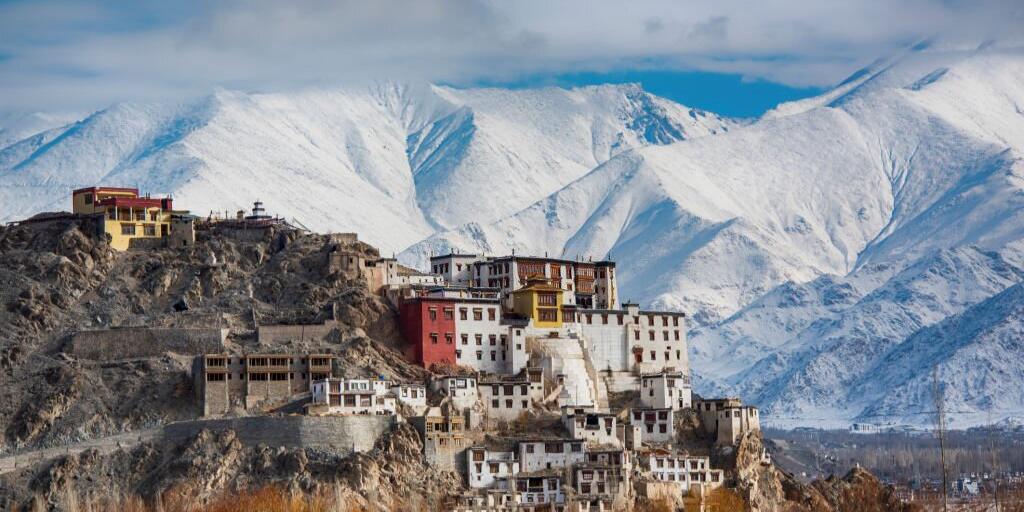
Jan 31
Places to Visit in Mustang on a Budget
Are you looking for Places to visit in Mustang? Don’t worry you will find it here! Mustang is an incredibly unique and beautiful regi..
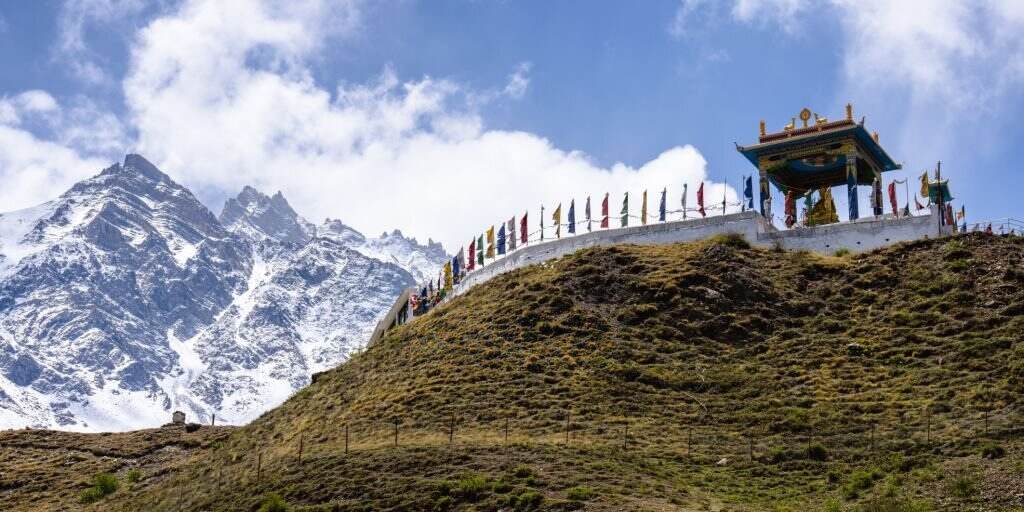
Feb 02
Best Time to Visit Mustang Nepal on 2024
Best time to visit mustang Nepal is during the spring March to May) and autumn (September to November) seasons. But why? You will know ..
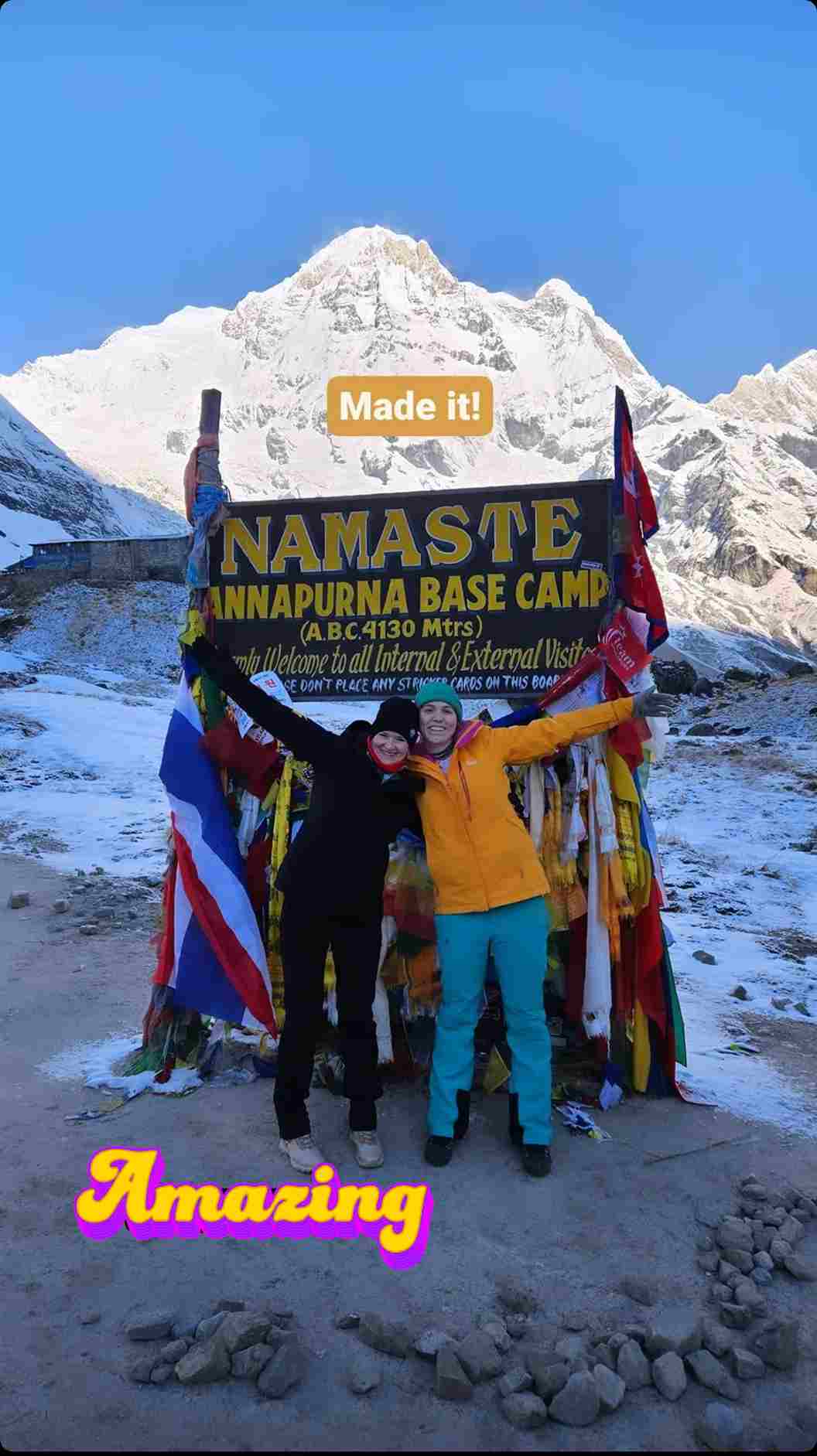
Feb 07
Is Nepal safe for female travelers?
Is Nepal safe for female travelers? Obviously Yes !!. In the United States, 65% of women travel alone, according to a Booking.com surv..
